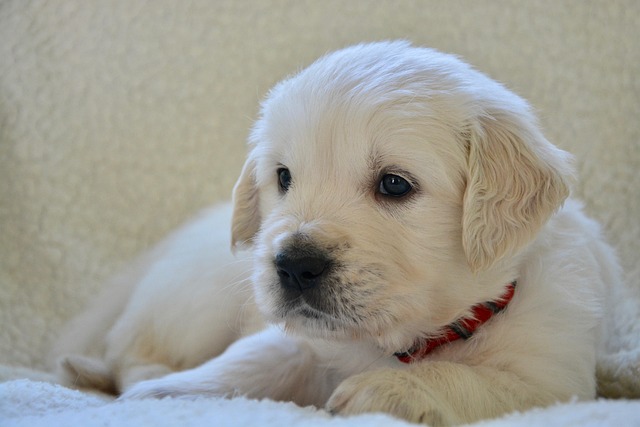
How do i train my dog to be obedient?
Watching your dog dart across the park ignoring your calls isn’t just frustrating—it can put them at risk near busy streets or public spaces.
You're standing at the edge of the dog park watching puppies tumble and play while your own dog barks nervously from behind your legs. Socialization isn't about throwing your dog into chaotic situations and hoping for the best - it's a thoughtful process of building positive associations that lasts throughout your dog's life. Whether you have a timid rescue or an overenthusiastic jumper, the right training approach can transform stressful encounters into confident interactions.
The foundation of good socialization lies in understanding canine body language. A relaxed dog moves with loose, wiggly motions, while a stiff body and pinned ears signal discomfort. Start by exposing your dog to new experiences at their own pace, using high-value treats like chicken or cheese to create positive associations. The "look at that" game works wonders - when your dog notices something new (a skateboard, a child, another dog), mark the moment with a clicker or verbal "yes!" and reward calm behavior. Studies show dogs trained this way develop 40% fewer fear responses than those exposed to overwhelming situations without preparation.
For dog-to-dog socialization, parallel walking is your secret weapon. Find a calm canine partner and walk about 10 feet apart in the same direction, gradually decreasing distance as both dogs relax. Avoid face-to-face greetings initially - these feel confrontational in dog language. In cities like Seattle with strict leash laws, use a 15-foot training lead in designated areas rather than rushing into off-leash interactions. Always watch for play styles - some dogs enjoy roughhousing while others prefer gentle chase games. When play gets too intense, a time-out helps reset the energy.

Apartment dwellers face unique socialization challenges. That crowded elevator ride can become a nightmare without proper preparation. Start by playing recordings of city sounds at low volume during mealtimes to build positive associations. Create a "socialization kit" with special treats, a favorite toy, and possibly a yellow "nervous dog" bandana to signal neighbors to give space. For hallway encounters, teach your dog to move behind you on cue - this creates a safety zone when unexpected guests appear. Remember that in tight living spaces, potty breaks become impromptu training sessions - always be prepared with rewards for calm behavior.
Cultural considerations make all the difference in socialization. Many European countries and progressive U.S. cities like Portland emphasize consent-based interactions - teach your dog a "pet me" signal (like offering a paw) before allowing strangers to approach. Always respect leash laws, even if your dog seems friendly - that uncontrolled greeting could frighten someone else's pet. Modern trainers recommend carrying two types of bags - one for waste cleanup and another for unexpected messes during training setbacks.
For rescue dogs with unknown histories, the 3-3-3 rule applies: three days to decompress, three weeks to learn routine, three months to show true personality. If your dog shows intense fear, consult a certified behaviorist - sometimes temporary anxiety medication can help make training possible. Remember that socialization isn't about creating a party animal - it's about helping your dog feel secure in their world. That might mean your rescue never enjoys dog parks but learns to tolerate vet visits calmly, and that's a success worth celebrating.
The most important tool in your socialization toolkit? Patience. Progress might mean your dog simply notices a trigger without reacting today - and that's a win. With consistent positive training, that nervous newcomer watching from the sidelines today could become the confident companion exploring at your side tomorrow. True socialization isn't a race to the most popular dog in the park, but a journey to help your dog navigate the world with comfort and joy.

Watching your dog dart across the park ignoring your calls isn’t just frustrating—it can put them at risk near busy streets or public spaces.

New puppy owners often find themselves rushing to clean up accidents before they set in, and that’s where puppy pad training becomes a game-changer.

If you've noticed your dog's waistline disappearing and your veterinarian has mentioned those few extra pounds, your first instinct might be to simply reduce the amount of food in their bowl.

Training a dog to use a designated spot indoors isn’t as daunting as many new owners fear, but it does take consistency and an understanding of your pet’s needs.

That moment of dread on a walk is all too familiar for many new dog owners. You see another dog approaching down the sidewalk of your neighborhood

If the sight of another dog on your neighborhood walk makes your heart sink as your own dog erupts into a frenzy of barking and lunging, you're not alone.